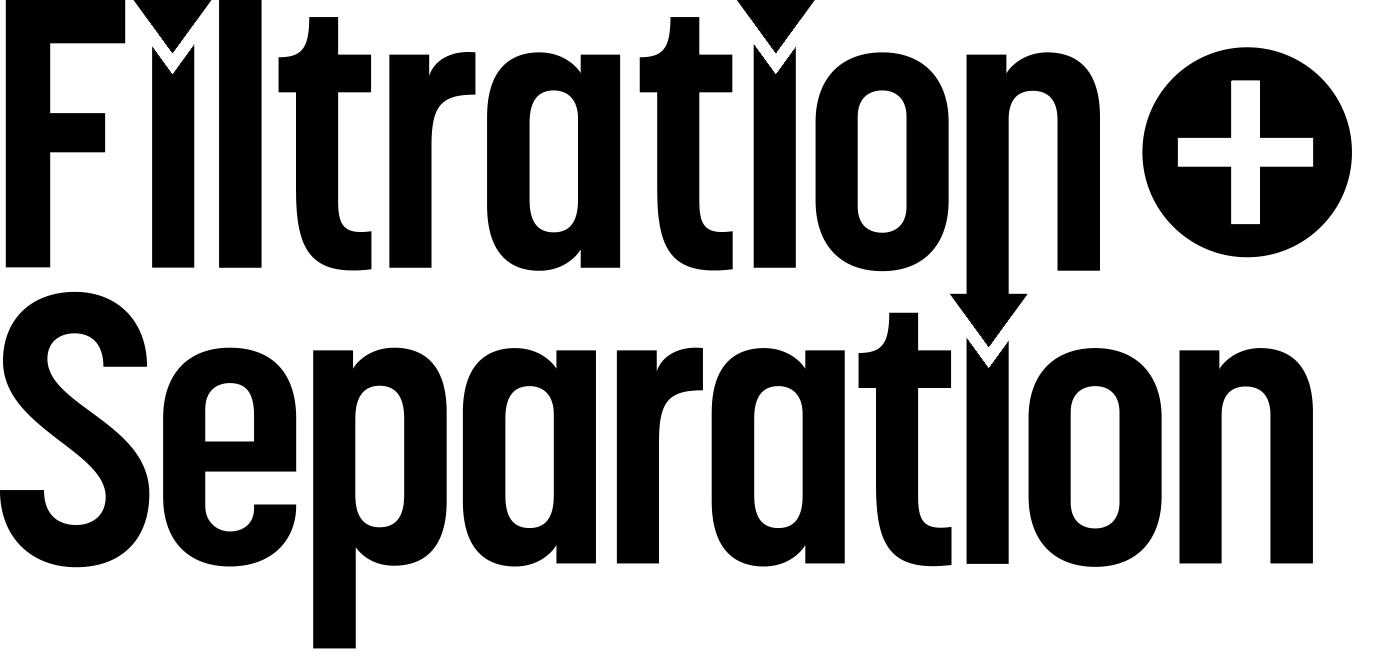Industrial processes such as waste-to-energy plants, power generation, and cement production release flue gases containing hazardous pollutants, including mercury, dioxins, furans, sulphur oxides (SOx), nitrogen oxides (NOx), and volatile organic compounds (VOCs). Without proper treatment, these emissions contribute to air pollution, acid rain, and bioaccumulation of toxic metals.
While conventional technologies like filters and scrubbers effectively capture particulates and some gases, they often fail to remove trace pollutants such as mercury and dioxins. Activated carbon has become a vital treatment method for flue gas purification, offering high adsorption efficiency and adaptability across industries.
Pollution challenges
Flue gas composition varies by industry but typically includes dioxins, furans, heavy metals, and acid gases. Mercury is particularly concerning due to its toxicity and persistence in the environment. Waste incineration generates dioxins and furans, which require advanced treatment to meet stringent emission standards. SOx and NOx contribute to acid rain, while VOCs degrade air quality.
To address these issues, regulations such as the European Union’s Industrial Emissions Directive (IED) and the US Environmental Protection Agency’s Mercury and Air Toxics Standards (MATS) impose strict emission limits. Achieving compliance requires industries to adopt highly efficient pollutant removal technologies.
How activated carbon works
Activated carbon removes pollutants through adsorption, a process in which contaminants adhere to its porous surface. Physical adsorption is effective for VOCs, while chemically impregnated activated carbon is designed to capture elevated mercury concentrations by chemisorption. The type of activated carbon used depends on the application.
Powdered activated carbon (PAC), known for its high surface area and rapid adsorption, is the preferred choice for activated carbon injection systems, where it is dosed into the flue gas stream and later captured by particulate filters. Granular activated carbon (GAC), with its larger particle size, is commonly used in fixed-bed systems, where the flue gas continuously passes through a carbon bed for pollutant removal.
Dosing rates for PAC depend on flue gas composition and pollutant levels. Routine applications typically require 50–100mg/Nm³ of PAC, whereas high pollutant loads may demand customized formulations or higher dosing rates.
Industrial applications
Activated carbon is widely used in flue gas purification across various industries. In coal-fired power plants, PAC injection effectively removes mercury emissions, ensuring regulatory compliance. Waste incinerators rely on activated carbon to capture dioxins and furans, achieving more than 99% removal efficiency and meeting strict EU Best Available Techniques Reference (BREF) standards. The cement and metals industries use activated carbon to reduce acid gas and heavy metal emissions. A European waste-to-energy plant optimized its PAC dosing strategy and successfully reduced dioxin concentrations to below 0.1ng/Nm³ and mercury levels to under 0.05mg/Nm³, ensuring compliance with EU regulations. This case highlights activated carbon’s essential role in helping industries comply with increasingly stringent environmental regulations while improving operational efficiency.

The right activated carbon
Choosing the right activated carbon depends on pollutant type and system conditions. Impregnated activated carbon is highly effective for mercury removal, while standard activated carbon remains the preferred choice for adsorbing furans and dioxins due to its fine particle size and rapid reactivity.
For facilities dealing with multiple pollutants, all-in-one sorbent blends offer an alternative approach. These blends, often formulated with sodium bicarbonate or calcium hydroxide, provide an efficient solution for plants seeking a single dosing point.
Conclusion
Activated carbon remains a cornerstone of modern flue gas treatment, providing an effective solution for capturing hazardous pollutants. Ongoing advancements in adsorption technology and sustainable production methods will further enhance its effectiveness.
About the author
This article was written by Sjef Swinkels, director of Industry Marketing Water Treatment EMEA, Brenntag.
This article first appeared in the February 2025 issue of Filtration+Separation magazine. To read the full issue, click here






